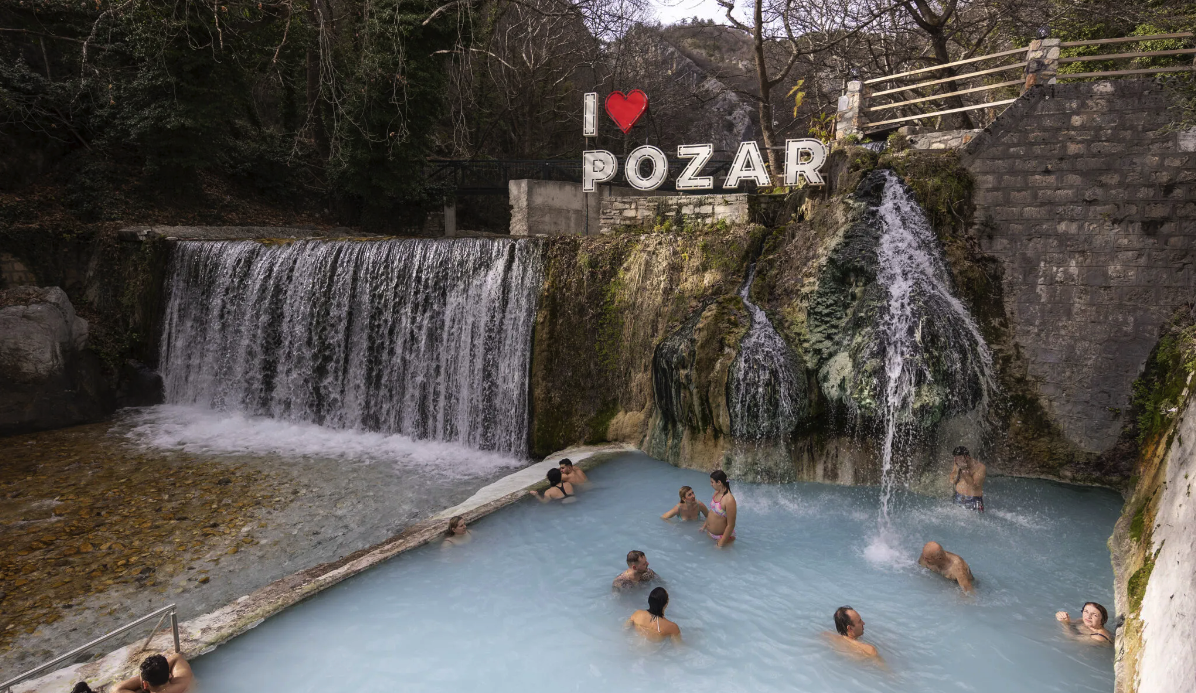There is regular seismic activity in Greece, which is well known and a bit disturbing, but it is precisely this volcanic terrain that has provided us, apart from several tremors, with an abundance of mineral and thermal springs throughout the country.
Known for their beneficial properties since antiquity, they have become a tourist development pole, putting Greece on the map of wellness tourism.
About 750 are counted, of which about 180 have been more or less tapped to date.
Depending on the chemical composition of their waters and their temperature, the springs are differentiated and categorised according to their therapeutic properties regarding a wide variety of diseases.
My path has taken me to four of them.
Agistro Thermal Baths, Serres
Near the Promahonas crossing, on the border with Bulgaria, a sign points to the right to the thermal baths of Agistro.
Also known as Hammam, this Byzantine bath dates back to 950 AD and, if one isolates it from its neighbouring modern buildings, it seems to stand alone, untouched over the centuries.
The Ottoman elements added by the Turkish conquerors are evident and it is precisely this cultural fusion that makes this building so charming.
The water rushes with force and roar on tired backs, the 37-39 °C water vapour (the spring’s temperature) blurs the view, and the scant light that enters during the day from the dome’s small skylights renders the overall atmosphere and sensation completely relaxing and somewhat mystical.
Closing my eyes, I try to concentrate only on the sound of the water bursting around me, temporarily losing track of time.
The sweet numbness I begin to feel in the back of my neck betrays the work being done.
Continue here: Travel.gr
Ask me anything
Explore related questions





